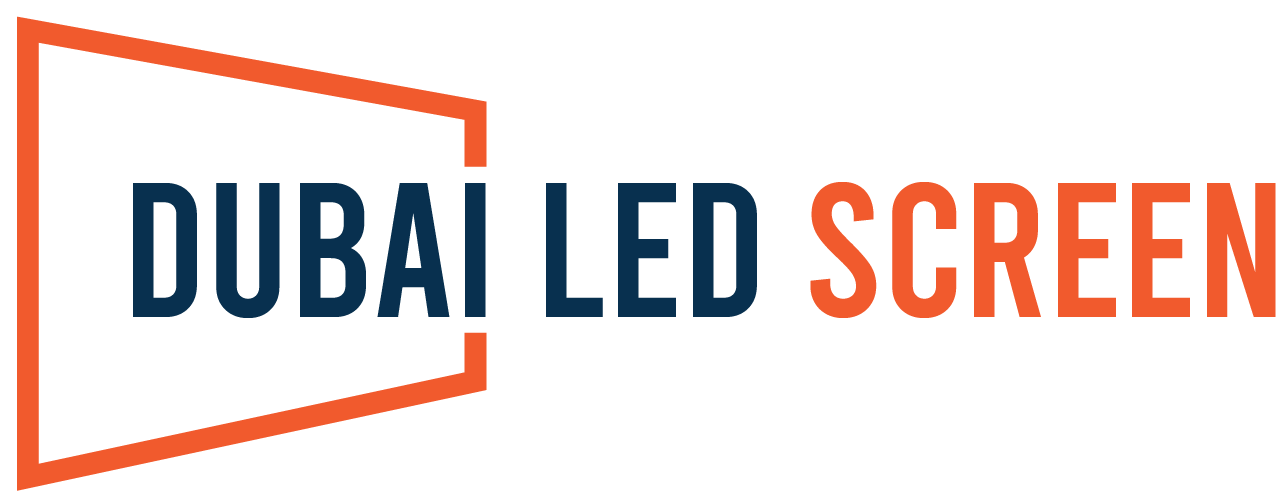In the ever-evolving landscape of technology and consumer expectations, outdoor LED screens are no exception. Consumers seek displays that are sharper, brighter, lighter, higher in quality, and cost-effective for outdoor applications. Here are seven key trends that are shaping the future of outdoor LED screen displays.
- Higher Screen Display Resolution
Outdoor LED screens are transcending traditional pixel pitches, reaching resolutions as fine as 2.5mm, a realm typically associated with indoor LED displays. This evolution, driven by mature manufacturing processes and substantial R&D investments, results in visually sharper images with intricate details. This high-density outdoor LED technology finds applications in areas with closer viewing distances, demanding both robustness and waterproofing capabilities.
- 3D Outdoor LED Screen
Incorporating 3D technology into LED screens creates an illusion of three-dimensional images without the need for special glasses. The popular L-shape design, where two rectangular LED screens join at a 90-degree angle, is widely employed globally. Recent advancements enable seamless outdoor LED screens with no pixel loss, eliminating the black line that used to separate both sides of the display.
- Fully Front Accessible
Challenging the perception of bulkiness, fully front-accessible outdoor LED screens defy the norm of requiring a rear service platform. This design allows LED modules, power supply units, and receiving cards to be replaced from the front, offering a sleek and slim profile. The thickness of a front-accessible outdoor LED screen can be as minimal as the LED cabinet panel plus the mounting bracket layer.
- Lightweight Design
Moving away from traditional steel structures, modern outdoor LED screens explore lightweight materials such as aluminum alloy, magnesium alloy, or carbon fiber. Among these, aluminum alloy stands out as the most cost-effective option, offering significant weight reduction compared to steel, essential for weight-sensitive applications like cantilever or hanging LED screens.
- Fan-less Operation
Extensive use of aluminum alloy enhances heat dissipation, facilitating fan-less designs. This not only reduces energy consumption and noise levels but also eliminates potential breakdowns associated with ventilation fans. Fan-less outdoor LED screens find applications in settings that demand silent operation and environmentally friendly designs.
- Superior Weather Resistance
Newer outdoor LED screens boast an IP66 rating for both front and rear surfaces, eliminating the need for active ventilation and air conditioners. This is achieved through innovative designs, like the Big Outdoor S series with an all-aluminum LED module that ensures resilience in harsh operating environments.
- Lower Operation & Maintenance Costs
The advent of common-cathode LED driving methods has revolutionized energy consumption in outdoor LED screens, reducing it by up to 50% compared to common-anode methods. This is particularly beneficial for high-brightness displays required for visibility under bright sunlight. Implementing common cathode in screens like the Big Outdoor S series not only lowers operational costs but enhances ROI and screen uptime for advertisers.
In Conclusion
The evolution of outdoor LED screen technology is intricately tied to market demands. Unlike indoor LED screens, outdoor counterparts demand thoughtful consideration of shape, resolution, accessibility, weight, energy consumption, and operational costs. Choosing a well-designed product ensures a lasting display performance and a peace-of-mind investment in digital displays.
